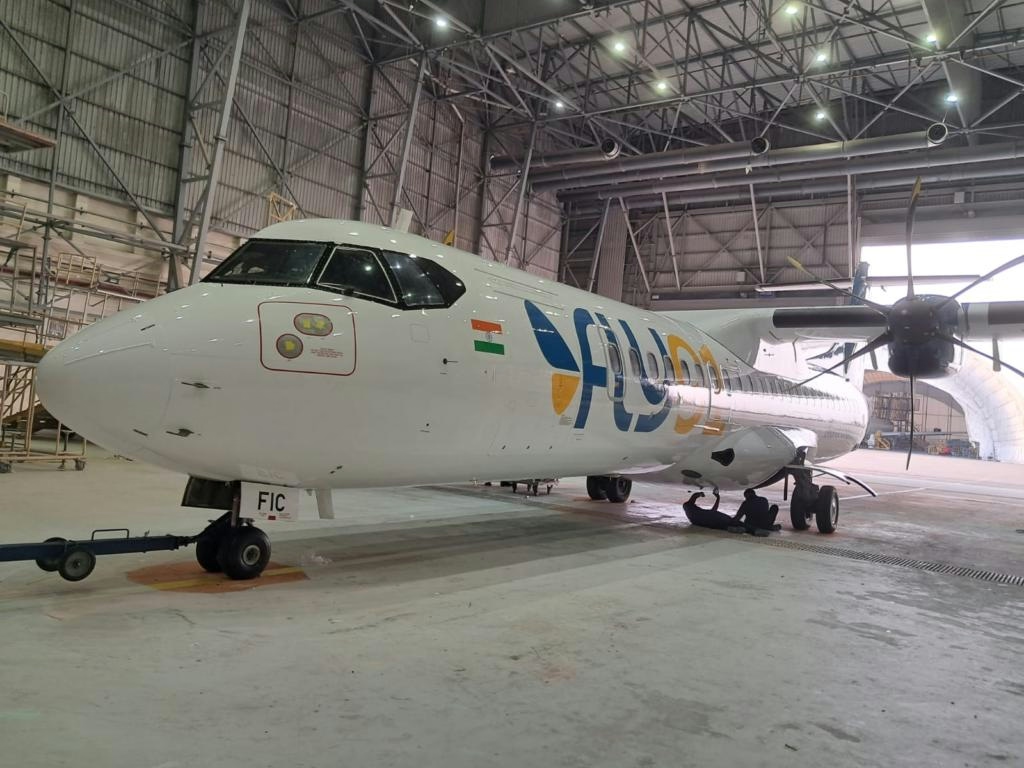
AeroGenie — Uw intelligente copiloot.
Trending
Categories
Crestone Air Partners Adds Airbus A319 and A320 Aircraft to Leasing Portfolio
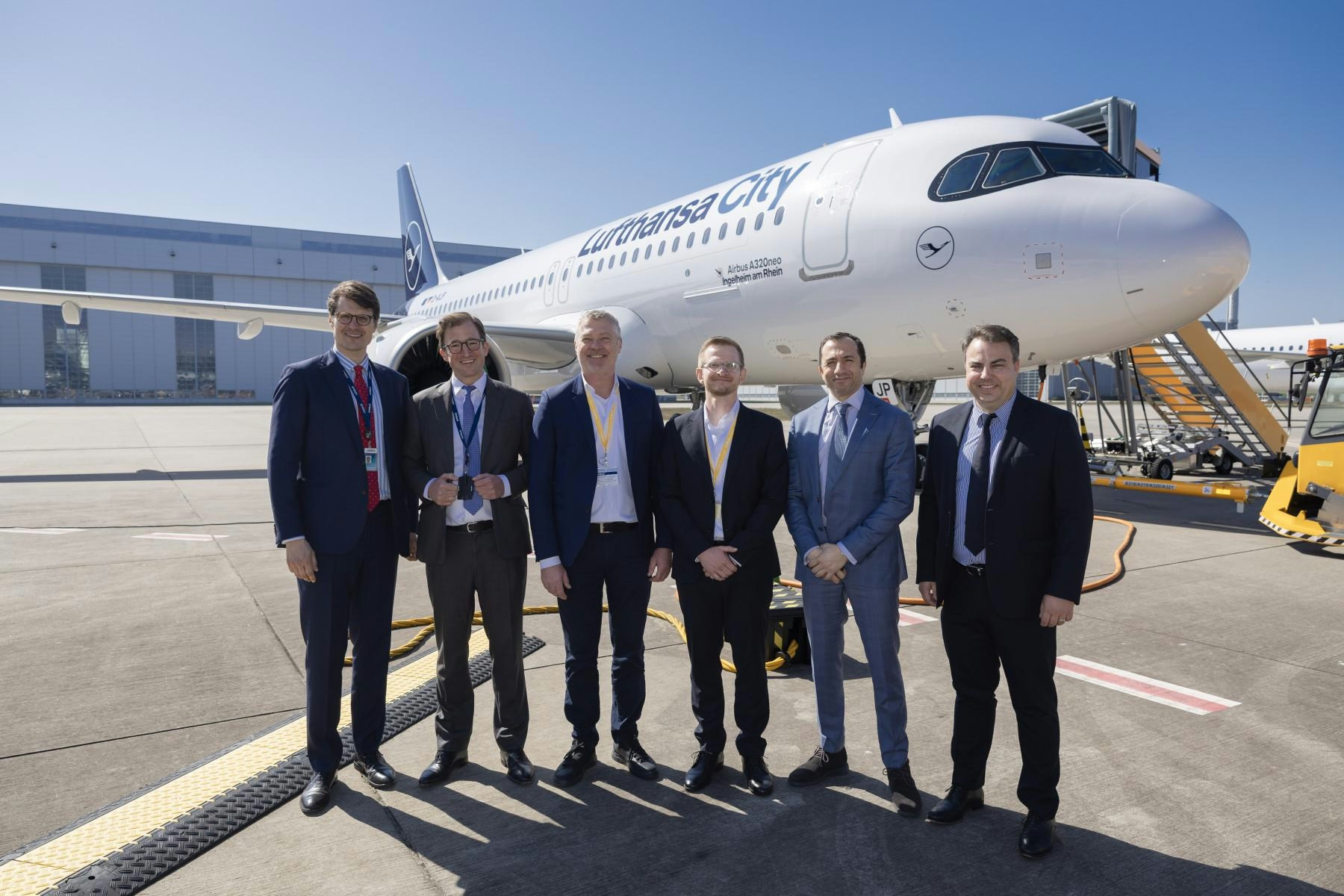
Crestone Air Partners Expands Leasing Portfolio with Airbus A319 and A320 Aircraft
Crestone Air Partners, a leading aviation asset management firm, has broadened its leasing portfolio through the acquisition of three Airbus narrowbody aircraft. The new additions comprise two Airbus A319-100s, currently leased to American Airlines, and one Airbus A320-200, leased to TAP Air Portugal. This strategic move reflects Crestone’s commitment to diversifying and strengthening its fleet, positioning the company to meet the growing demand for reliable, mid-life aircraft within the global aviation market.
Strengthening Collaborations with Major Airlines
The two Airbus A319-100s are actively integrated into American Airlines’ operations, supporting a range of domestic and international routes. This integration not only enhances Crestone’s footprint in the narrowbody segment but also solidifies its partnership with one of the world’s largest carriers. Meanwhile, the Airbus A320-200 leased to TAP Air Portugal plays a crucial role in enhancing the airline’s operational flexibility across its extensive network spanning Europe, Africa, and the Americas. Crestone’s leasing solutions enable TAP to maintain a modern and fuel-efficient fleet, aligning with the airline’s strategic objectives.
Strategic Focus on Mid-Life Narrowbody Aircraft Amid Industry Competition
Crestone’s focus on acquiring mid-life Airbus A319 and A320 models aligns with a broader industry trend favoring aircraft that balance capacity, efficiency, and cost-effectiveness on short- and medium-haul routes. The A320 family is particularly valued for its reliability and fuel efficiency, attributes that have gained prominence as airlines confront rising fuel costs and increasing environmental regulations.
The competitive landscape remains intense, with rivals such as AviLease recently placing substantial orders, including 77 Airbus aircraft comprising A350Fs and A320neos, signaling aggressive expansion and diversification efforts. Similarly, other industry players like ANA have secured additional A320 family aircraft, underscoring sustained demand for these models. In response, leasing companies are likely to adjust pricing and portfolio strategies to preserve market share.
Market Outlook and Crestone’s Strategic Positioning
Despite promising opportunities, market sentiment remains cautious. Recent analysis from Jefferies indicates a measured outlook within the business jet sector, with only modest improvements in confidence. This cautious environment may influence broader aircraft leasing dynamics, encouraging firms like Crestone to emphasize flexible leasing arrangements that allow airlines to modernize fleets without committing to long-term obligations.
Crestone’s investment in mid-life narrowbody jets aligns with airlines’ increasing focus on reducing environmental impact and operational costs. These aircraft offer lower fuel consumption and smaller carbon footprints compared to larger wide-body models, supporting sustainability initiatives. By targeting this segment, Crestone is well-positioned to capitalize on growth in secondary markets, where demand for efficient and cost-effective aircraft remains strong.
As the aviation industry continues to evolve, Crestone Air Partners’ strategic acquisitions and emphasis on partnership-driven leasing solutions aim to secure long-term growth and resilience amid shifting market dynamics and intensifying competition.
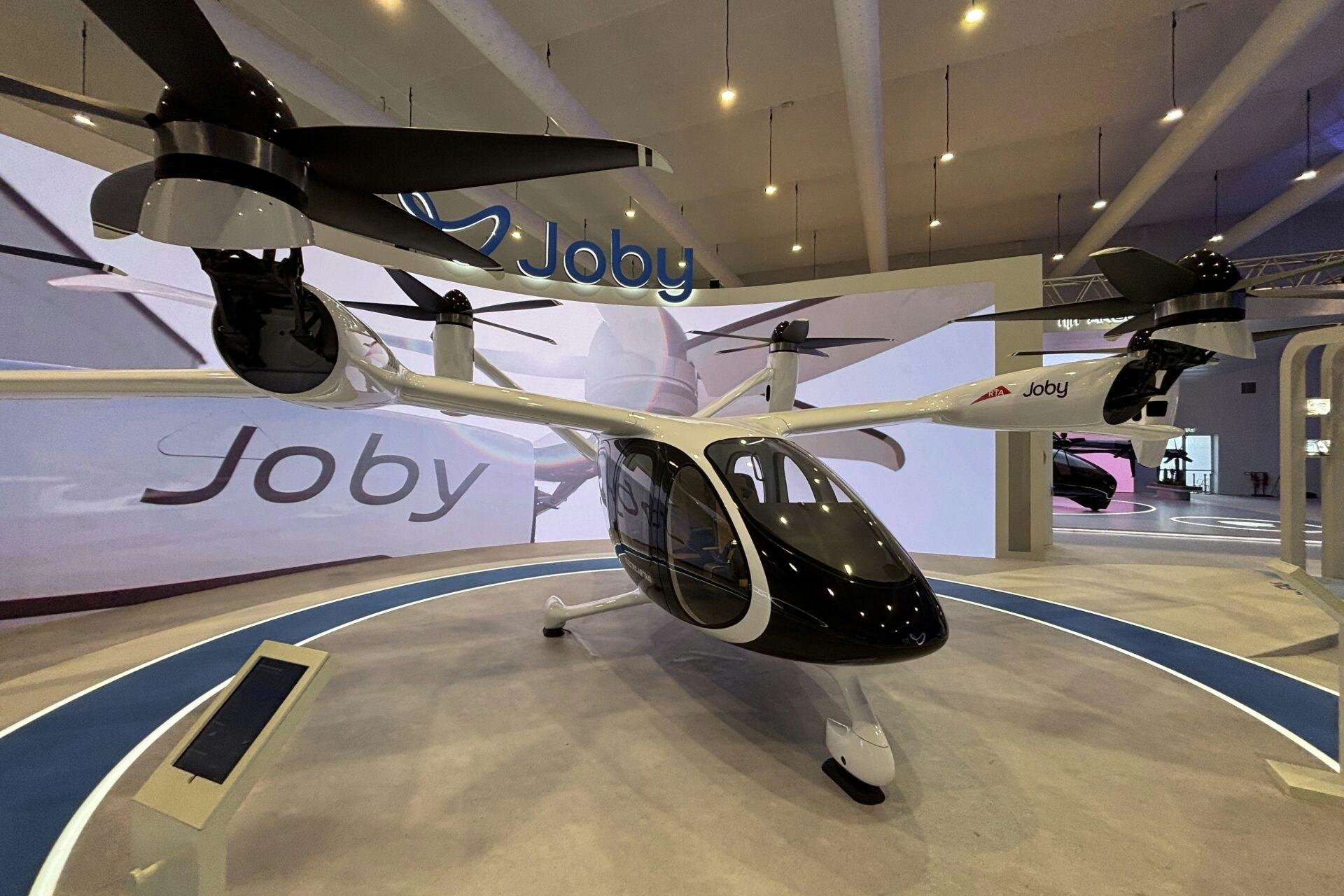
UAE Plans to Launch First Flying Taxi Service
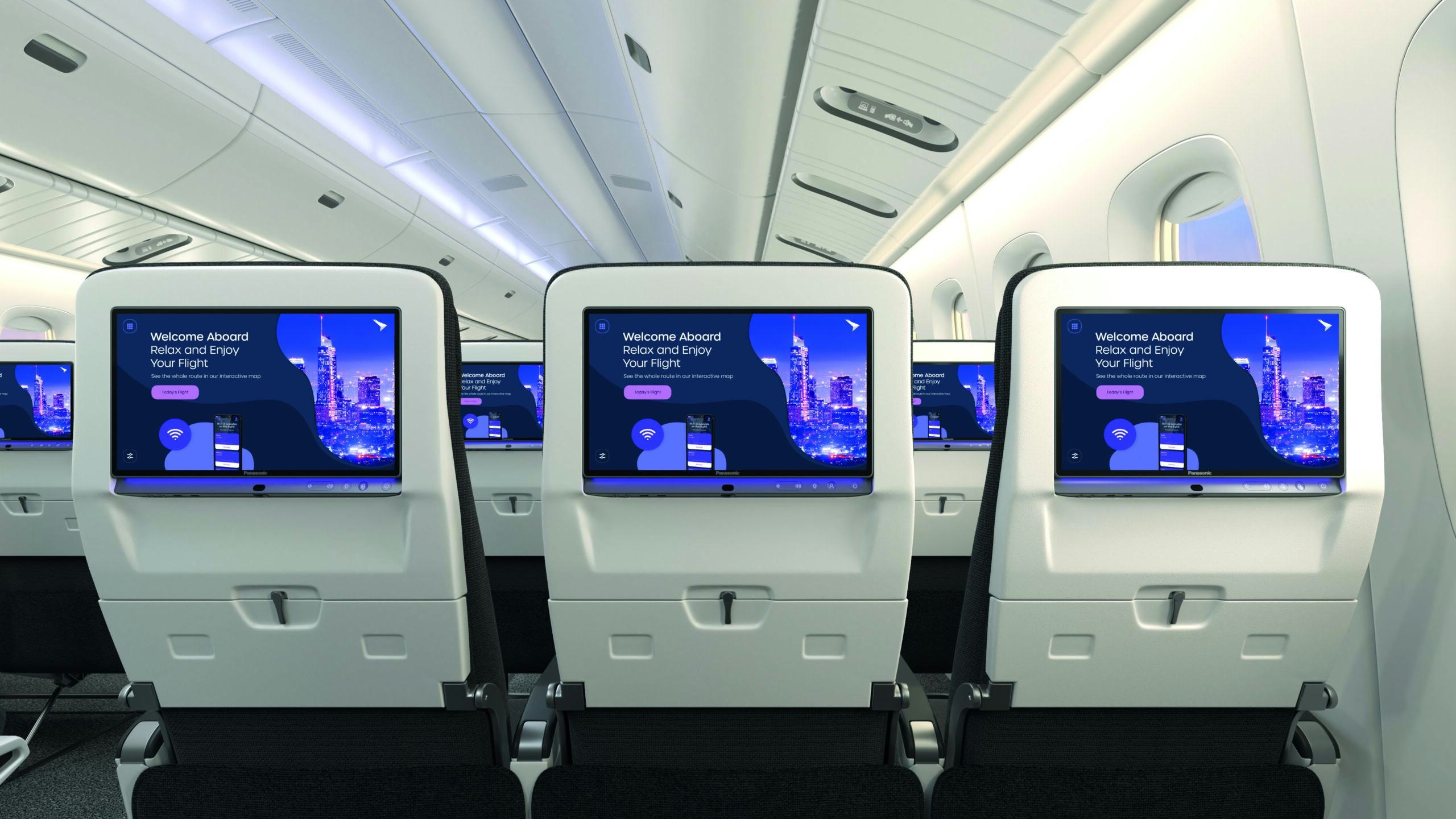
Alex Wilcox, Co-Founder and CEO of JSX, Redefines Regional Air Travel Through Customer-First Innovation
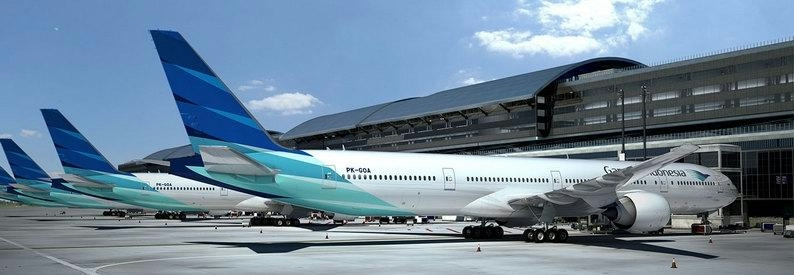
Garuda Indonesia MRO Unit Completes $332 Million Land Injection

India’s Aviation Growth Strains Hangar Capacity
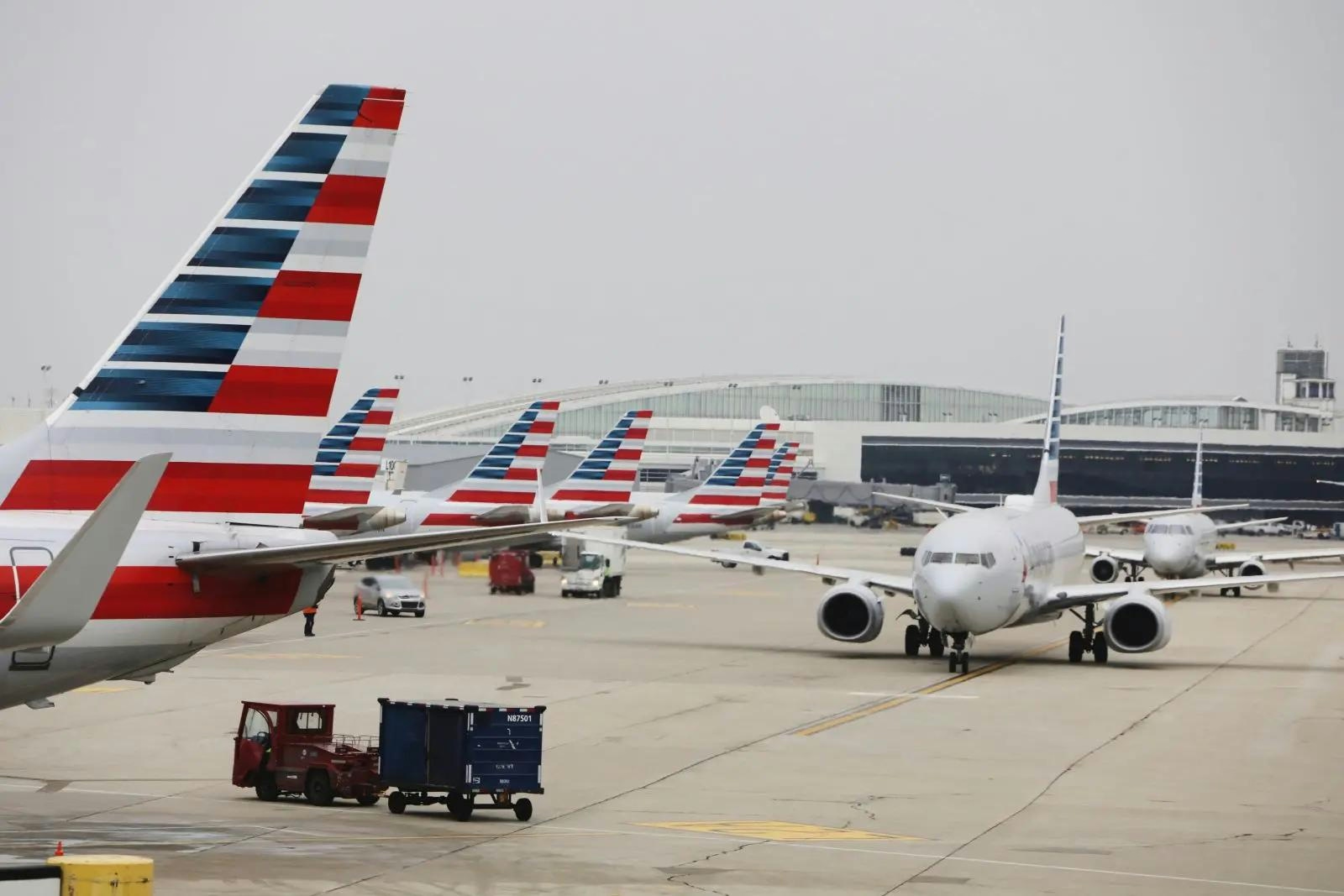
American Airlines Marks 100 Years of Flight with Centennial Events in 2026
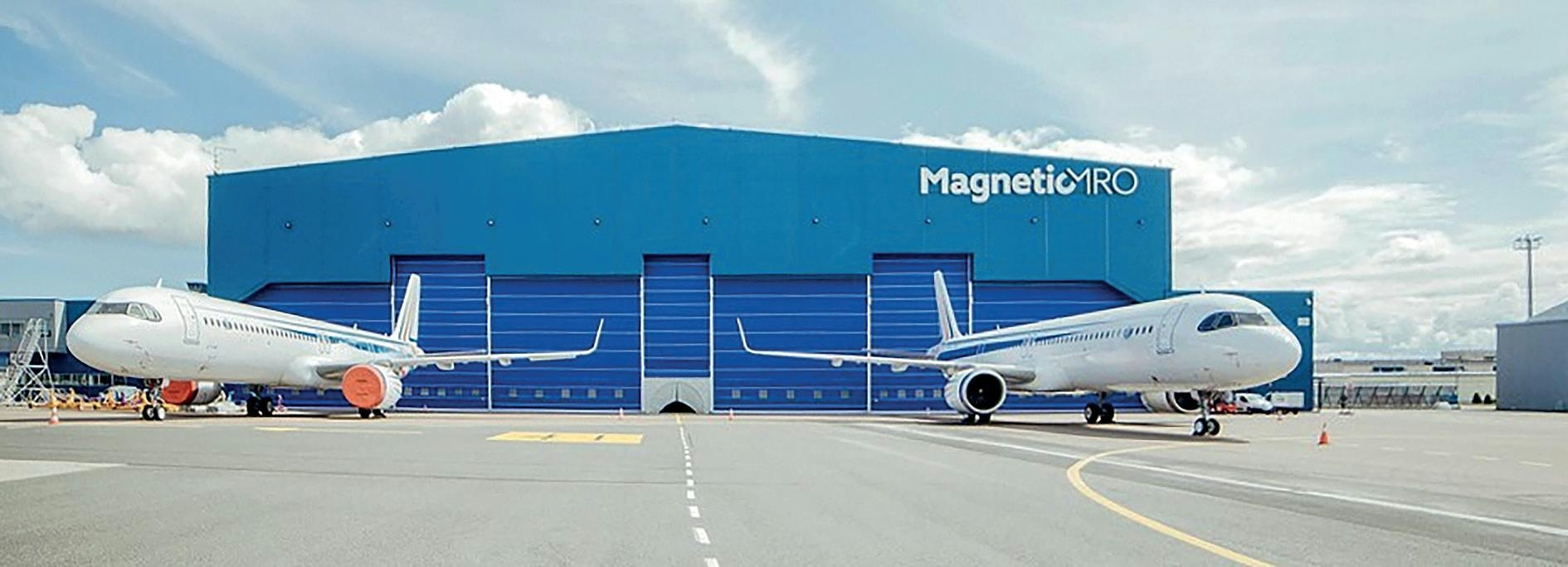
Thai Airways selects Trax and Aerostrat to drive its digital MRO transformation
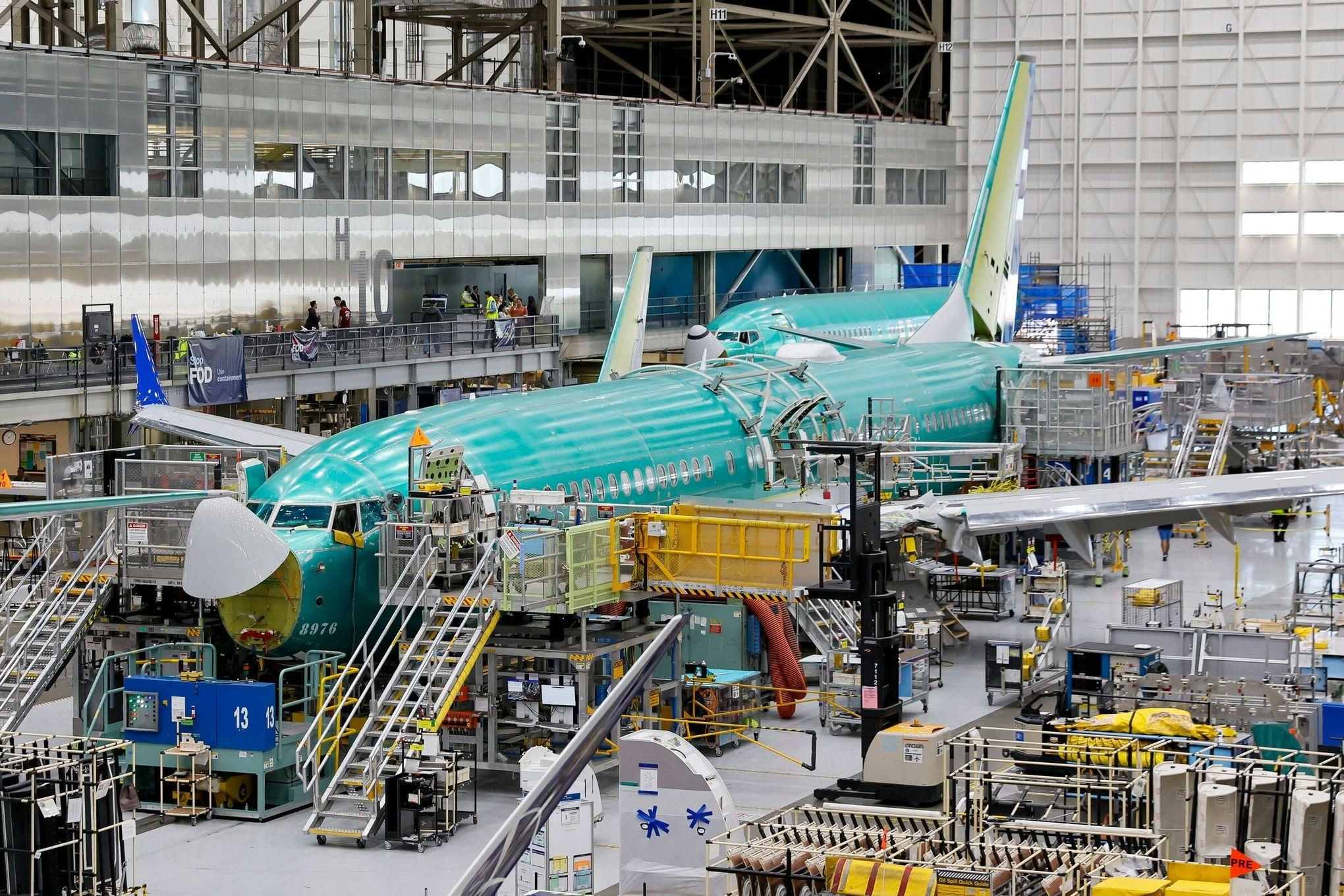
December 2025 Commercial Aircraft Production and Airbus and Boeing Deliveries
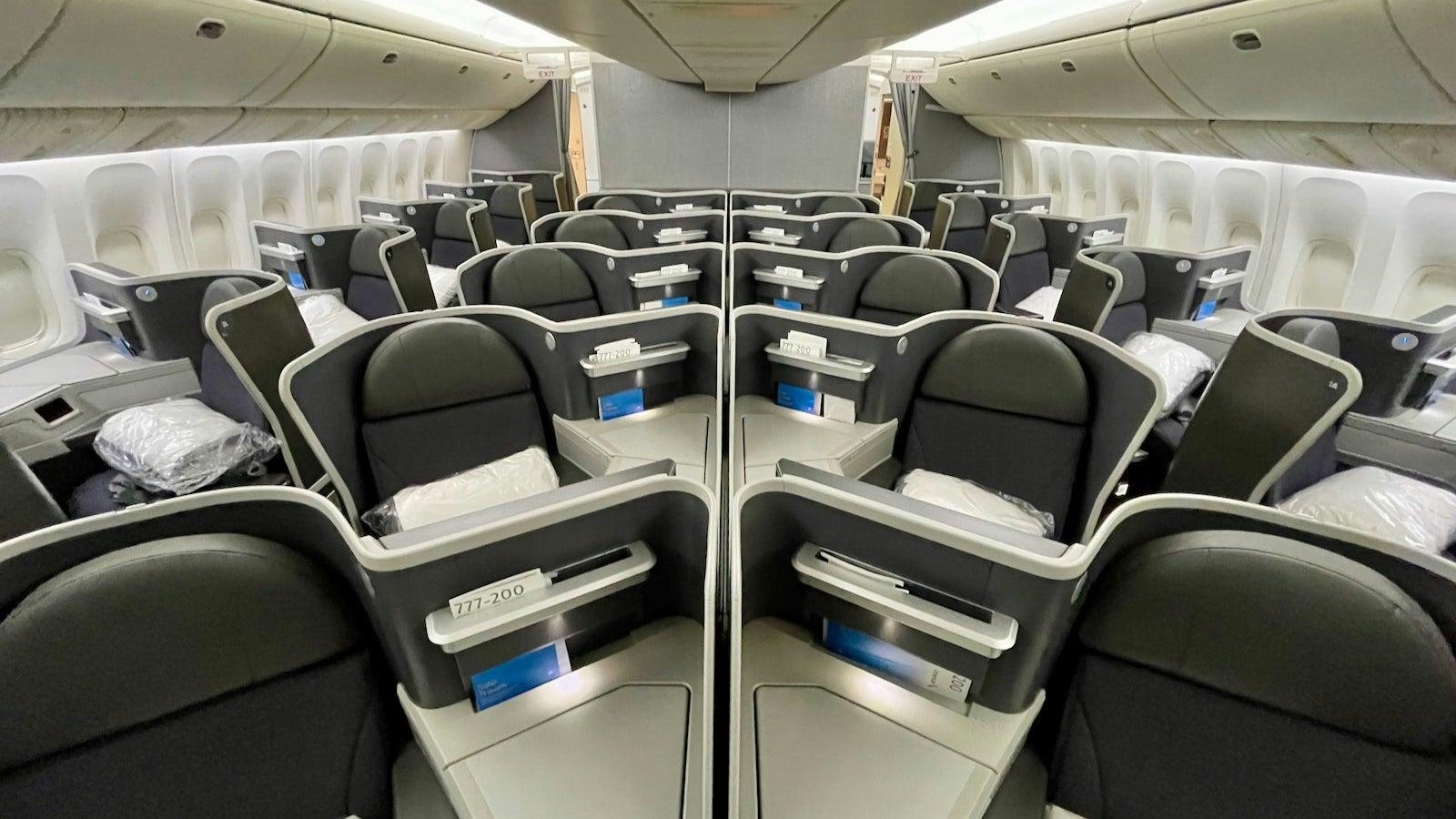
American Airlines Uses AI to Improve Family Travel Experience
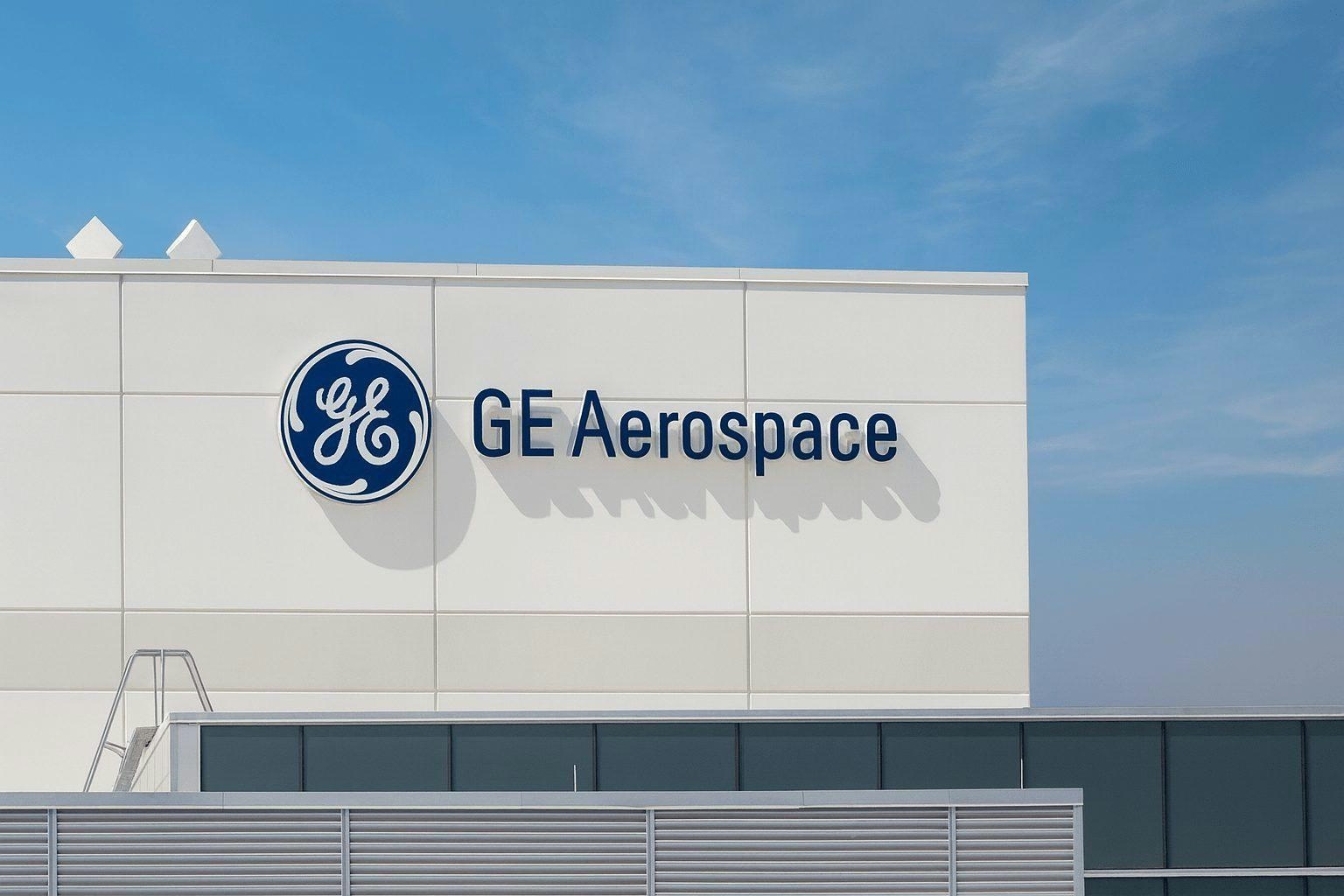
Outlook for GE Aerospace in 2026
